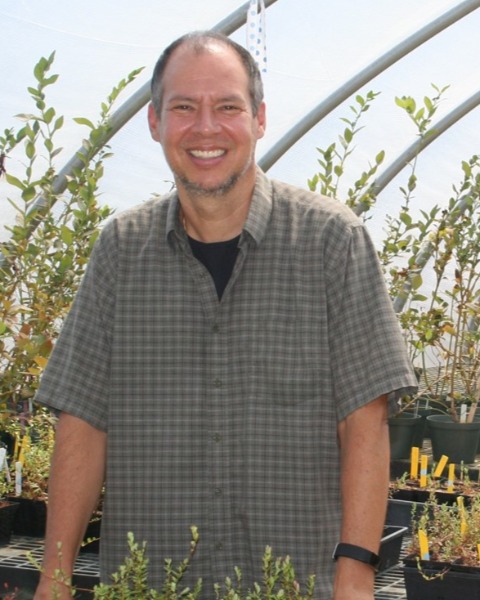P-IE
Section Symposium
We Stink Too! Brown Marmorated Stink Bug Research from Early Career Professionals
3: Behavioral responses of BMSB and its egg parasitoid Trissolcus japonicus to host based plant volatiles
Tuesday, November 17, 2020
2:10 PM - 2:30 PM EST

Clement Akotsen-Mensah
Lincoln University
Jefferson City, Missouri
Cesar R. Rodriguez-Saona, PhD
Rutgers University
Chatsworth, New Jersey- AN
Anne L. Nielsen
Rutgers University
Bridgeton, New Jersey
Presenting Author(s)
Co-Author(s)
The brown marmorated stink bug, Halyomorpha halys (Stål) (Hemiptera: Pentatomidae) is currently monitored using pyramid traps and a two-component male-produced aggregation pheromone. The pheromone provides season-long attraction for H. halys, however efforts to relate numbers in traps to damage has been difficult because the pheromone does not act as a point source so insects are attracted to an area (spillover). We conducted this study to explore the potential of identifying host compounds or blends that could be used to improve H. halys attraction into the pyramid traps. Tests were conducted in a Y-tube olfactometer in the laboratory, greenhouse and peach orchard. In the Y-tube, H. halys nymphs preferred to stay in the arm that had ethyl salicylate, ethyl acetate to a limited extent cis – hexenyl acetate compared to control arm. Also, when whole fruit of peach and apples were compared, the 2nd instar preferred the Y-tube arm which contained the odor from the peach and apple fruit. Peach varieties showed differences in the number of peaks and quantities of volatiles emitted. The number of compounds present in peach and apple headspace varied from 2-11 major compounds depending on the variety. The attractiveness of individual and mixture of synthetic compounds, modeled on the volatiles collected from peach and other host plant of BMSB was evaluated in screened cages in a choice test. Both single compounds and blends attracted nymphs in greenhouse. These results indicate the feasibility of developing H. halys attractants patterned on actual host plant volatiles.

